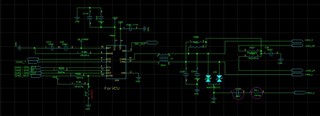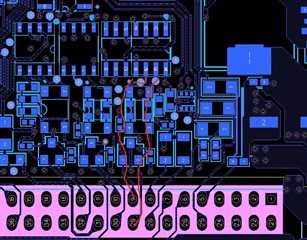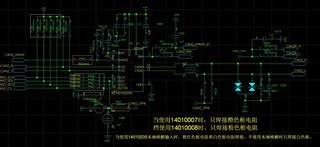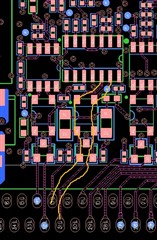Hi Expert,
This is a urgent issue for customer. there are 1000pcs of TCAN1146-Q1 was used in the new project. Could you help on that?
The sampling point of the CAN control module of the main CPU configured in the software is 81.25% (SP=81.25% tQ=16).
When the customer tested the CAN sampling point, it was found that the sampling of the TJA1145(NXP) board was 81.25%.
When TCAN1146 is tested at the same test environment. The sampling point of the TCAN1146 board was tested to be 87.5%.
The only difference between these two boards is the CAN transceiver. Will your CAN transceiver affect the sampling point?
What we can do to optimize this?
Here is the schematic for TCAN1146-Q1:
Best Regards
Songzhen Guo






